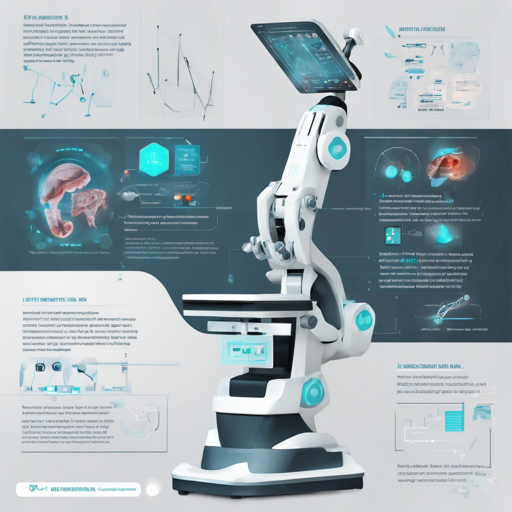Welcome to our comprehensive guide on the Llama-3-8B-UltraMedical model! This advanced language model specializes in biomedicine and was developed by the Tsinghua C3I Lab. With its remarkable capabilities, Llama-3-8B-UltraMedical aims to enhance medical examination access, literature comprehension, and clinical knowledge.
What Does Llama-3-8B-UltraMedical Do?
At its core, Llama-3-8B-UltraMedical is an open-access large language model (LLM) designed to handle medical queries and provide informed responses based on a comprehensive dataset known as UltraMedical. This dataset consists of 410,000 diverse entries, including both synthetic and manually curated samples. The model has excelled across various medical benchmarks, significantly outperforming competitors such as Flan-PaLM, OpenBioLM-8B, and GPT-3.5.
Getting Started with Llama-3-8B-UltraMedical
Using the Llama-3-8B-UltraMedical model involves a straightforward process. Here’s how you can engage with it:
1. Input Examples
- Multi-choice QA: Example for MedQA
A 42-year-old homeless man is found unconscious and has a history of chronic alcoholism…
- PubMedQA Example:
Context: Pediatric glioblastoma is known for its poor clinical outcome…
- Open-ended Questions Example:
“Hi doctor, I am Chaitanya…” (describing health issues)
2. Inference using vLLM
Below is a block of code that demonstrates how to set up the Llama-3-8B-UltraMedical for inference:
python
from transformers import AutoTokenizer
from vllm import LLM, SamplingParams
llm = LLM(model="TsinghuaC3I/Llama-3-8B-UltraMedical", trust_remote_code=True)
tokenizer = AutoTokenizer.from_pretrained("TsinghuaC3I/Llama-3-8B-UltraMedical")
sampling_params = SamplingParams(temperature=0.7, top_p=0.9, max_tokens=1024, stop=[eot_id])
messages = [{"role": "user", "content": "The question format used in the above input examples,"}]
prompts = tokenizer.apply_chat_template(messages, tokenize=False, add_generation_prompt=True)
print(prompts[0])
outputs = llm.generate(prompts=prompts, sampling_params=sampling_params)
print(outputs[0].outputs[0].text)
Understanding the Code with an Analogy
Think of the Llama-3-8B-UltraMedical model as a highly skilled librarian who has read thousands of medical books and journals. When you enter the library (initialize the model), you hand over a list of topics or questions (input prompts). The librarian takes your list and quickly finds the best information (outputs) based on what they have learned.
In the code above, we:
- Import necessary packages like a librarian gathering their tools.
- Load the model and tokenizer, akin to setting the stage in the library.
- Create prompts based on user messages, just like preparing inquiries for the librarian.
- Finally, we generate and print responses as though the librarian is delivering insightful answers.
Evaluation Results
The Llama-3-8B-UltraMedical has set impressive benchmarks with an average score of 77.77 on the MedQA test. Its performance shows that it is among the top in its category, thanks to the foundational work laid by the Meta Llama-3 model.
Troubleshooting and Warning
While the Llama-3-8B-UltraMedical model offers promising capabilities, caution is advised when deploying it in real-world clinical settings. The model can sometimes produce hallucinations, generating incorrect or misleading information. Here are some troubleshooting tips:
- Always validate model outputs with trusted medical sources.
- Consult professionals or expert consultations whenever possible.
- If outputs seem inconsistent, verify the input format and retry with clearer prompts.
For more insights, updates, or to collaborate on AI development projects, stay connected with fxis.ai.
Conclusion
At fxis.ai, we believe that such advancements are crucial for the future of AI, as they enable more comprehensive and effective solutions. Our team is continually exploring new methodologies to push the envelope in artificial intelligence, ensuring that our clients benefit from the latest technological innovations.

